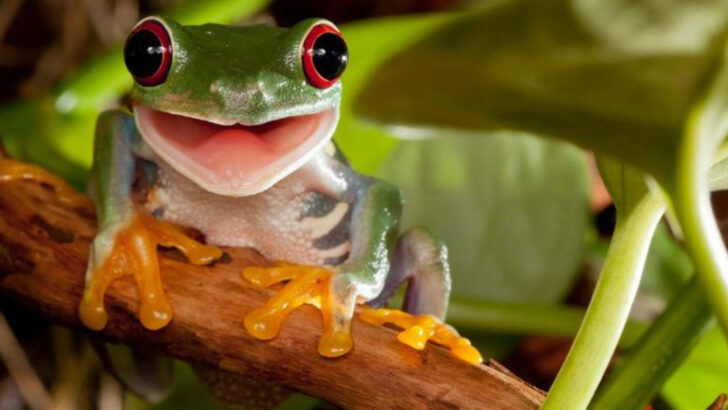Not all frogs are slimy little escape artists.
Some are cuddly (well, sort of), calm, and perfect for beginners.
If you’ve ever wanted a pet that doesn’t bark, meow, or shed on your couch—
a frog might just be your new best friend.
These little amphibians can be colorful, curious, and totally charming.
And guess what? Many of them are super low-maintenance.
No constant feeding. No walks. Just a peaceful companion that chills in its tank and minds its business.
You don’t need to be a rainforest expert to keep one happy.
With the right setup, even first-timers can keep these frogs thriving.
Let’s meet 15 pet-friendly frogs that might hop right into your heart.
White’s Tree Frog
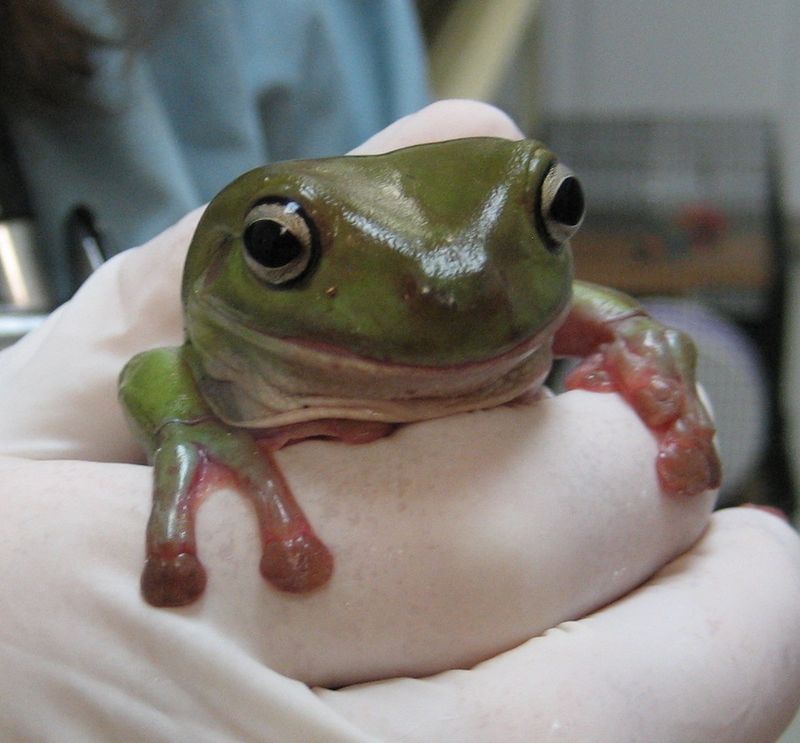
Meet the White’s Tree Frog, a resilient and charming companion! Known for its laid-back attitude, this frog loves to relax. Picture it, plump and content, lounging in its terrarium. It’s easy to care for, requiring minimal maintenance and a simple, clean habitat. These frogs can adapt well to a range of temperatures and conditions, making them ideal for beginners. With their endearing “smile” and curious nature, they quickly become a family favorite. Did you know they can actually change color slightly depending on their mood and environment? These little features make them truly fascinating pets!
Pacman Frog
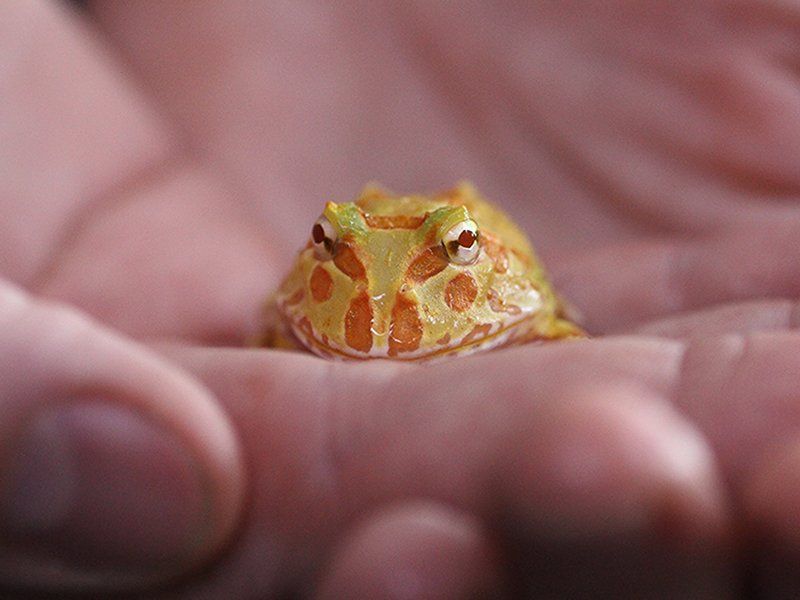
Enter the world of the Pacman Frog, a species as bold as its name suggests. These frogs are known for their voracious appetites and distinctive, wide mouths. They thrive in a simple habitat with plenty of room to burrow. Easy to manage, they require basic care and feeding, perfect for those new to frog ownership. Their bright colors and patterns make them stand out in any pet collection. Although mostly stationary, their occasional enthusiastic leaps can surprise and entertain. Fun fact: Pacman Frogs can grow quite large compared to other pet frogs, adding to their appeal!
Dumpy Tree Frog

The Dumpy Tree Frog, often referred to as the “Australian Green Tree Frog,” is known for its peaceful demeanor and ease of care. These frogs are hardy and can live happily in simple setups with just the right humidity. Their skin is smooth and bright, which adds a splash of color to any home. These frogs are great observers, often seen quietly watching their surroundings. With their endearing round bodies and calm nature, they make a perfect pet for children and adults alike. Did you know they are also known for their musical croaking, particularly during humid weather?
Red-Eyed Tree Frog
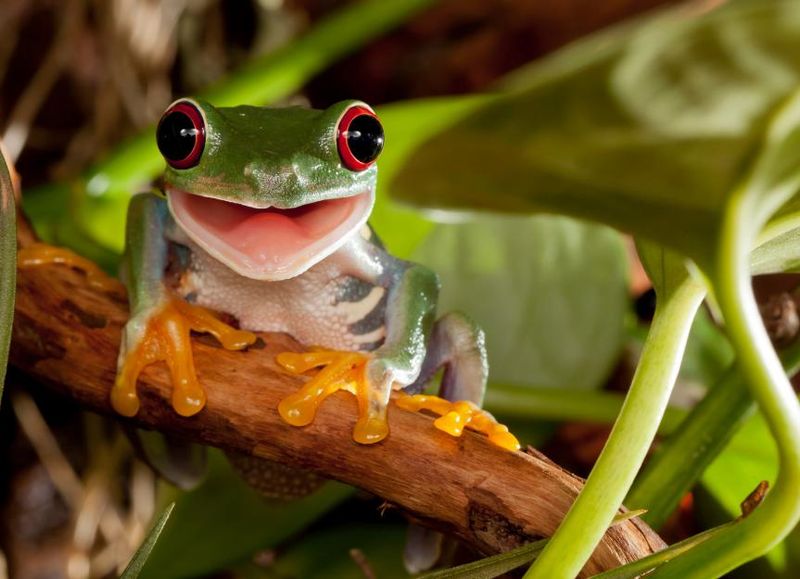
The Red-Eyed Tree Frog is a captivating sight, often admired for its striking appearance. Those vivid red eyes and the neon green body are not just for show—they serve as a defense mechanism to startle predators. These frogs are arboreal, loving habitats with plenty of climbing opportunities. They have specific humidity and temperature needs, which are fairly easy to maintain with a little attention. Their active and curious nature makes them a joy to watch. Interestingly, at night, they become more active, hopping around their enclosures in search of food or fun!
Oriental Fire-Bellied Toad
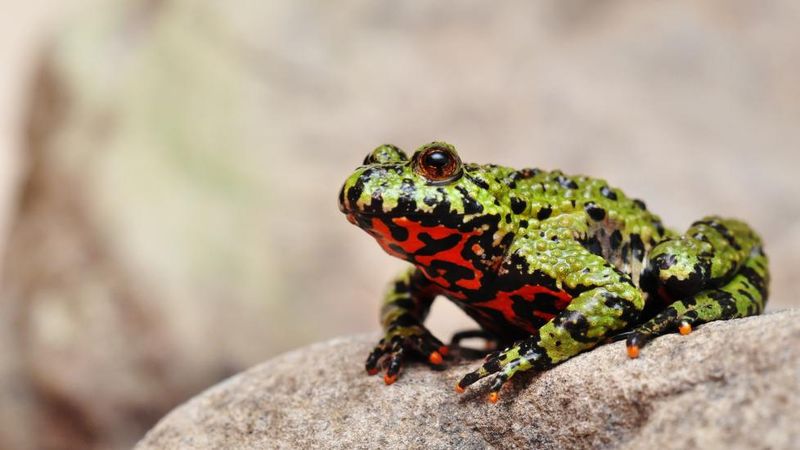
Though not a true frog, the Oriental Fire-Bellied Toad is a delightful companion for any amphibian enthusiast. They are known for their vibrant, fiery bellies which they flash as a warning to potential threats. These toads are semi-aquatic, thriving in environments with both land and water elements. They are easy to care for, requiring a balanced diet and clean habitat. Their quirky behavior and lively antics make them engaging pets. Fun fact: when threatened, they will often display a “unkenreflex,” showing off their bright undersides while arching their backs to ward off predators!
African Dwarf Frog
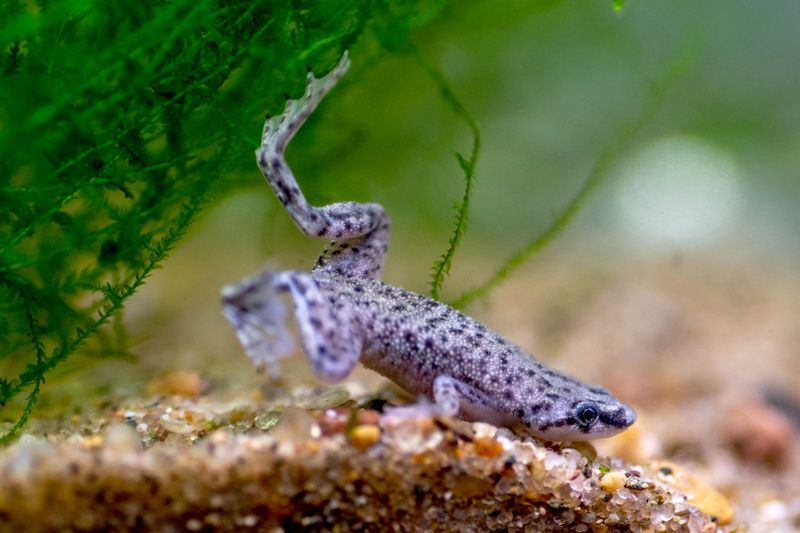
Meet the African Dwarf Frog, a small yet fascinating aquatic amphibian perfect for beginners. These frogs are fully aquatic and prefer to live in a well-maintained tank with plenty of hiding spots. They are social creatures and enjoy the company of their own kind, so consider keeping them in pairs or small groups. Their gentle nature and ease of care make them a popular choice for those new to amphibian pets. With regular feeding and proper tank maintenance, they thrive effortlessly. Did you know that these frogs can communicate with each other using a series of unique underwater sounds?
Bumblebee Dart Frog
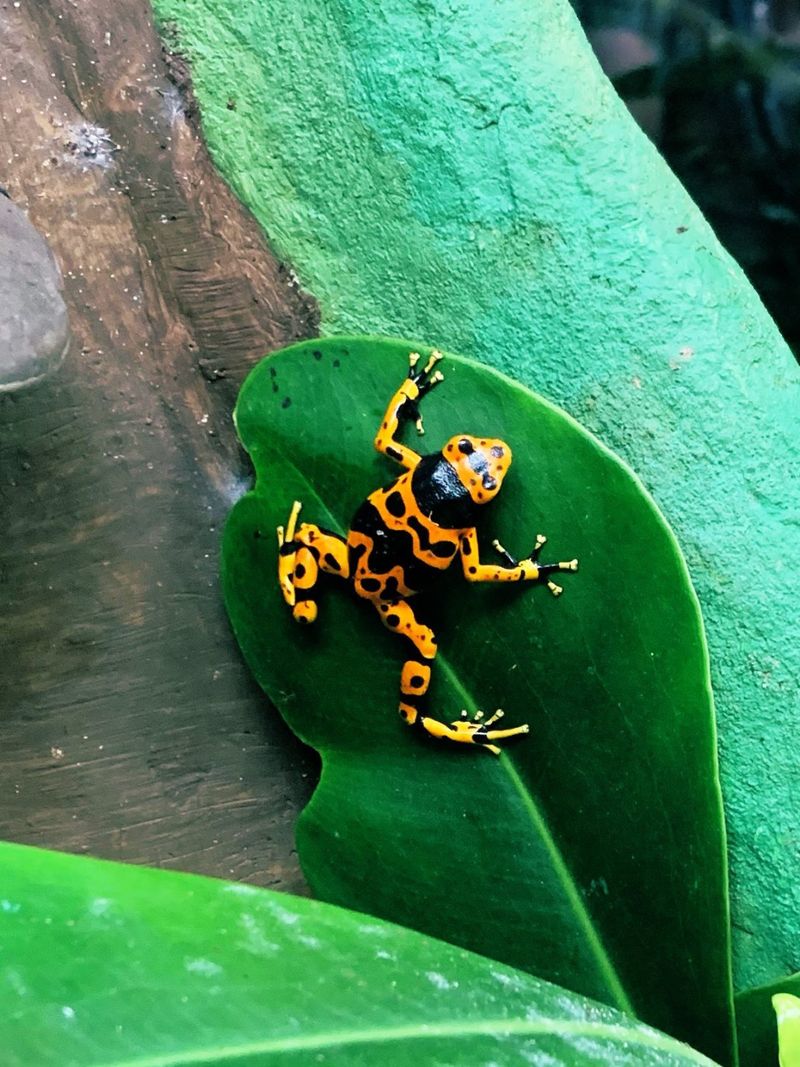
The Bumblebee Dart Frog is a showstopper with its striking yellow and black patterns. These frogs are small but packed with personality. Unlike their wild counterparts, pet Dart Frogs are not poisonous, making them safe companions. They thrive in a terrarium that mimics their natural rainforest environment, requiring high humidity and a varied diet. Watching them hop around is a treat, as they are active and curious. Fun fact: despite their vivid coloration in captivity, they are completely harmless, a testament to how controlled diet and environment influence their characteristics!
Tomato Frog
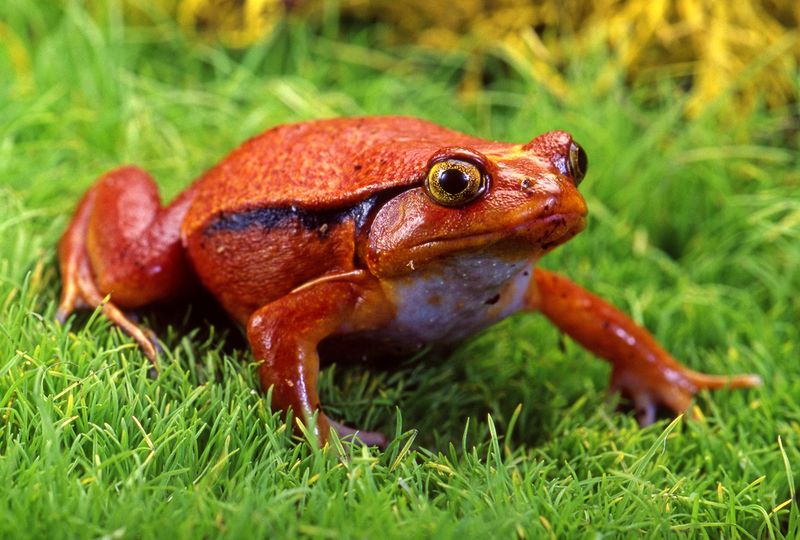
The Tomato Frog is named for its vibrant tomato-red hue, a visual delight for any frog enthusiast. These frogs are known for their calm demeanor and ease of care, making them excellent pets for beginners. They prefer a moist environment with plenty of hiding spots to mimic their natural habitat. Despite their bold color, they are relatively shy and enjoy burrowing into the substrate. Their diet is simple, requiring basic feeding of insects. Fun fact: when threatened, Tomato Frogs can secrete a sticky substance that deters predators, making them quite the self-reliant little creatures!
Amazon Milk Frog
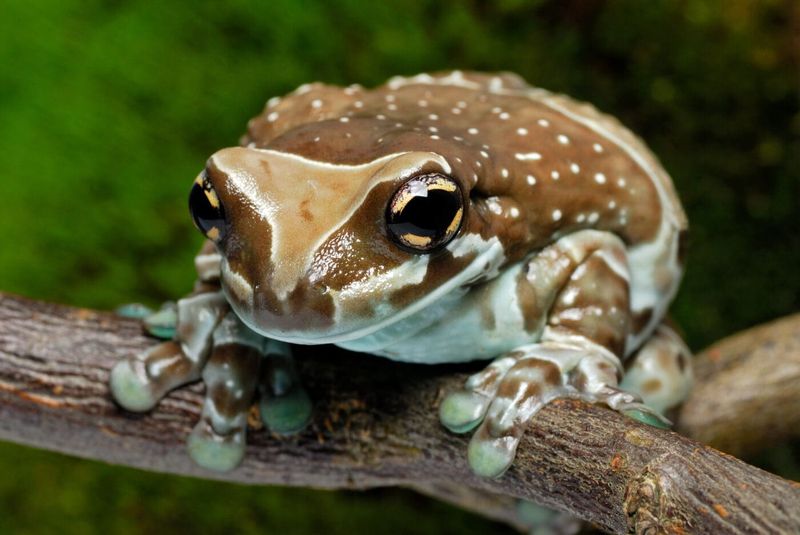
Introducing the Amazon Milk Frog, a charming creature with striking patterns and a gentle disposition. These frogs are arboreal, enjoying environments with ample branches and humidity. Their name comes from the milky secretion they produce when threatened, although they are quite docile as pets. Easy to care for, they require a balanced diet and a clean habitat. Their unique coloration and skin texture make them a standout addition to any amphibian collection. Did you know that these frogs can live up to 10 years with proper care, becoming long-term companions for frog enthusiasts?
Budgett’s Frog
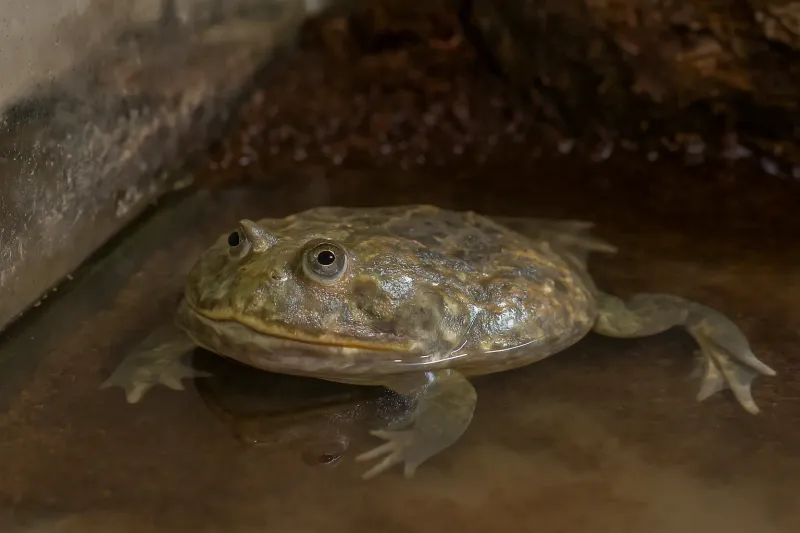
Meet the Budgett’s Frog, often referred to as the “Paradox Frog” due to its unusual appearance and behavior. These frogs are known for their broad, flattened bodies and large mouths. They enjoy shallow, muddy water environments and are primarily aquatic. Their care is straightforward, requiring basic feeding and habitat maintenance. Known for their quirky “screams” when handled, they add a unique touch to any pet collection. Fun fact: Budgett’s Frogs are often called “Freddy Krueger Frogs” because of their unusual and somewhat comical look, making them quite the conversation starter!
Waxy Monkey Tree Frog
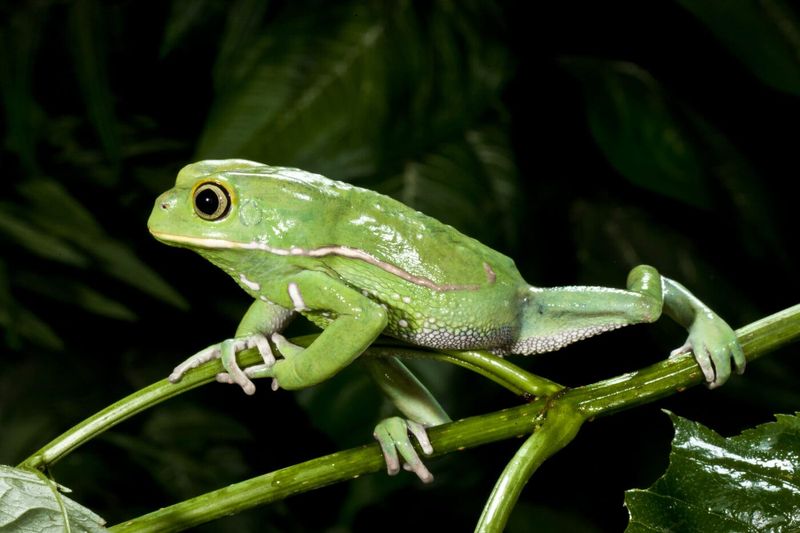
The Waxy Monkey Tree Frog is a fascinating pet known for its unique way of life. These frogs have a waxy secretion that helps them retain moisture, allowing them to thrive in drier conditions compared to other tree frogs. Their care involves maintaining a warm habitat with ample climbing space. These frogs are captivating to watch as they display monkey-like movements, earning their playful name. Their unique ability to survive in various environments makes them a resilient choice. Did you know they can adjust their body temperature to suit their surroundings, showcasing their adaptability?
Gray Tree Frog
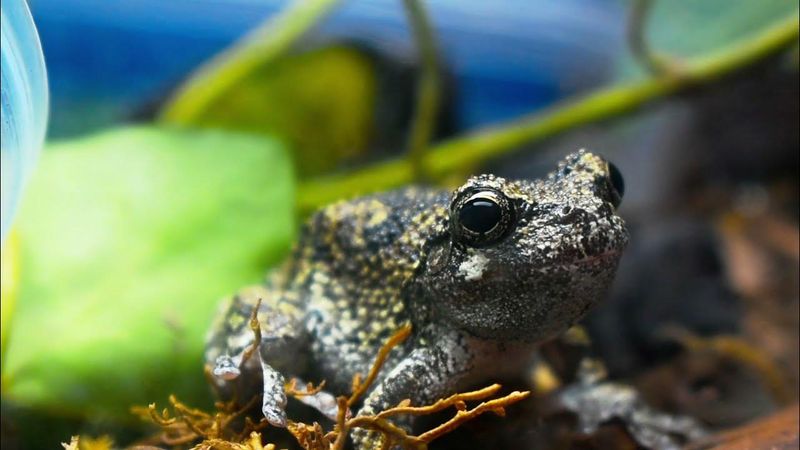
Gray Tree Frogs are masters of disguise, blending seamlessly with their surroundings. These frogs are easy to care for, thriving in varied environments with minimal intervention. Their skin can change color to match their habitat, a fascinating adaptation. Their care is simple, needing just a moderate temperature and humidity setup. Despite their understated appearance, they are quite active and enjoy climbing. Their soothing chirps during the evening add a delightful ambiance. Fun fact: Gray Tree Frogs can survive freezing temperatures by going into a hibernation-like state during winter, making them incredibly resilient!
Leopard Frog
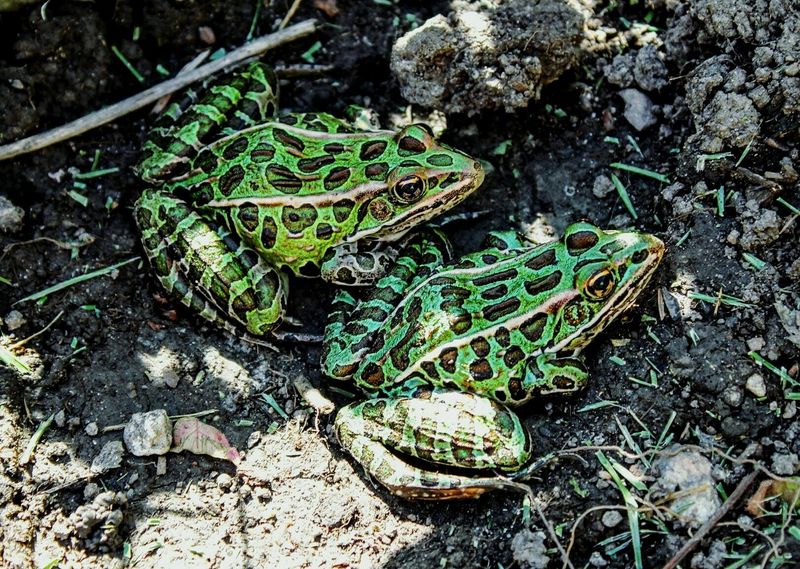
The Leopard Frog, with its characteristic spots, is a charming creature reminiscent of the big cats it’s named after. These frogs are semi-aquatic and thrive in enclosures that offer both land and water sections. Their care is straightforward, with a diet of insects and occasional water changes. Known for their agility and speed, they add a dynamic element to any amphibian collection. Their gentle croaks are a pleasant addition to the evening ambiance. Did you know that Leopard Frogs were once widely used in biological research and education, showcasing their enduring appeal?
Glass Frog
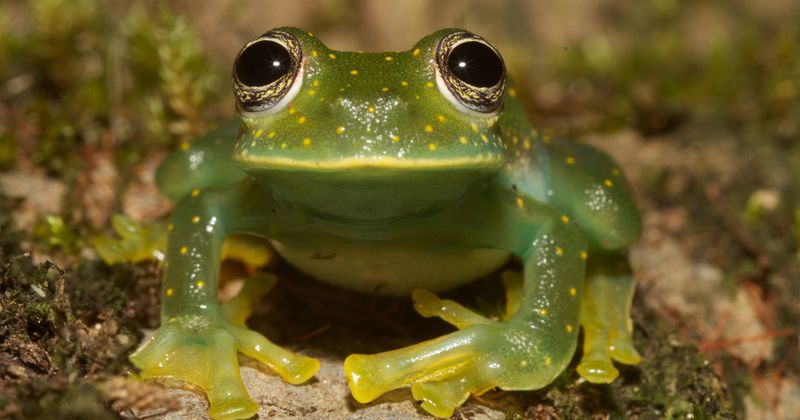
The Glass Frog is a breathtaking marvel of nature, known for its translucent skin that reveals its internal organs. These frogs are arboreal, thriving in lush, humid environments. Their care involves maintaining high humidity and providing a diet rich in insects. Watching them is a unique experience, as their delicate appearance is both intriguing and beautiful. Despite their fragile look, they are quite hardy. Fun fact: Glass Frogs are primarily nocturnal, using their transparency to evade predators under the cloak of darkness, making them captivating nighttime companions!
Tiger Leg Monkey Frog
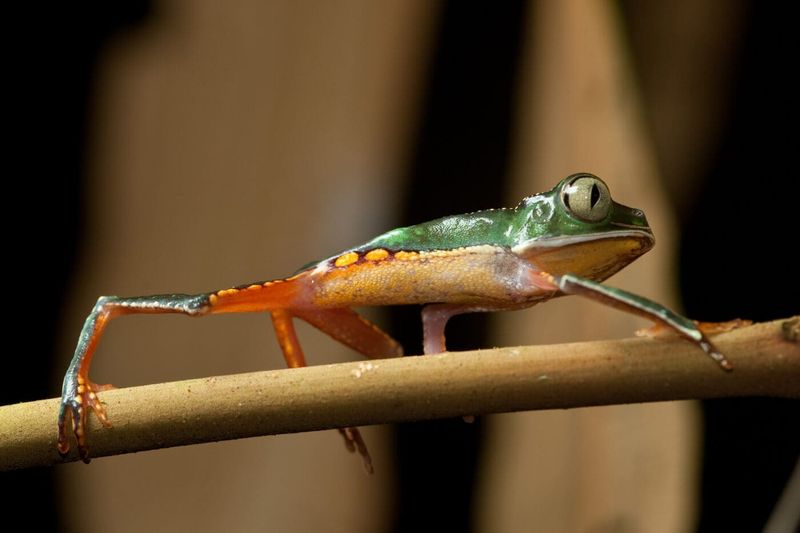
The Tiger Leg Monkey Frog is known for its vibrant orange legs and agile movements. These frogs are arboreal, requiring habitats with plenty of vertical space and humidity. Their care is relatively straightforward, focusing on maintaining the right environment and diet. These nocturnal creatures are active and engaging, often seen climbing and exploring. Their distinct appearance and lively behavior make them an interesting addition to any home. Did you know their striking coloration serves as a warning to predators in the wild, showcasing their unique adaptation strategies?

